Beautiful landscapes and exciting adventures often hide potential dangers that tourists may not immediately recognize. Every year, travelers venture into stunning locations without realizing certain areas require extra caution.
While these destinations remain worthwhile visits, knowing their hidden risk zones can make the difference between an amazing trip and a problematic one. Popular travel blogs and official tourism websites rarely highlight these concerns in glossy promotions.
Here is a list of 15 destinations with areas that deserve extra awareness during your visit.
Mount Rainier
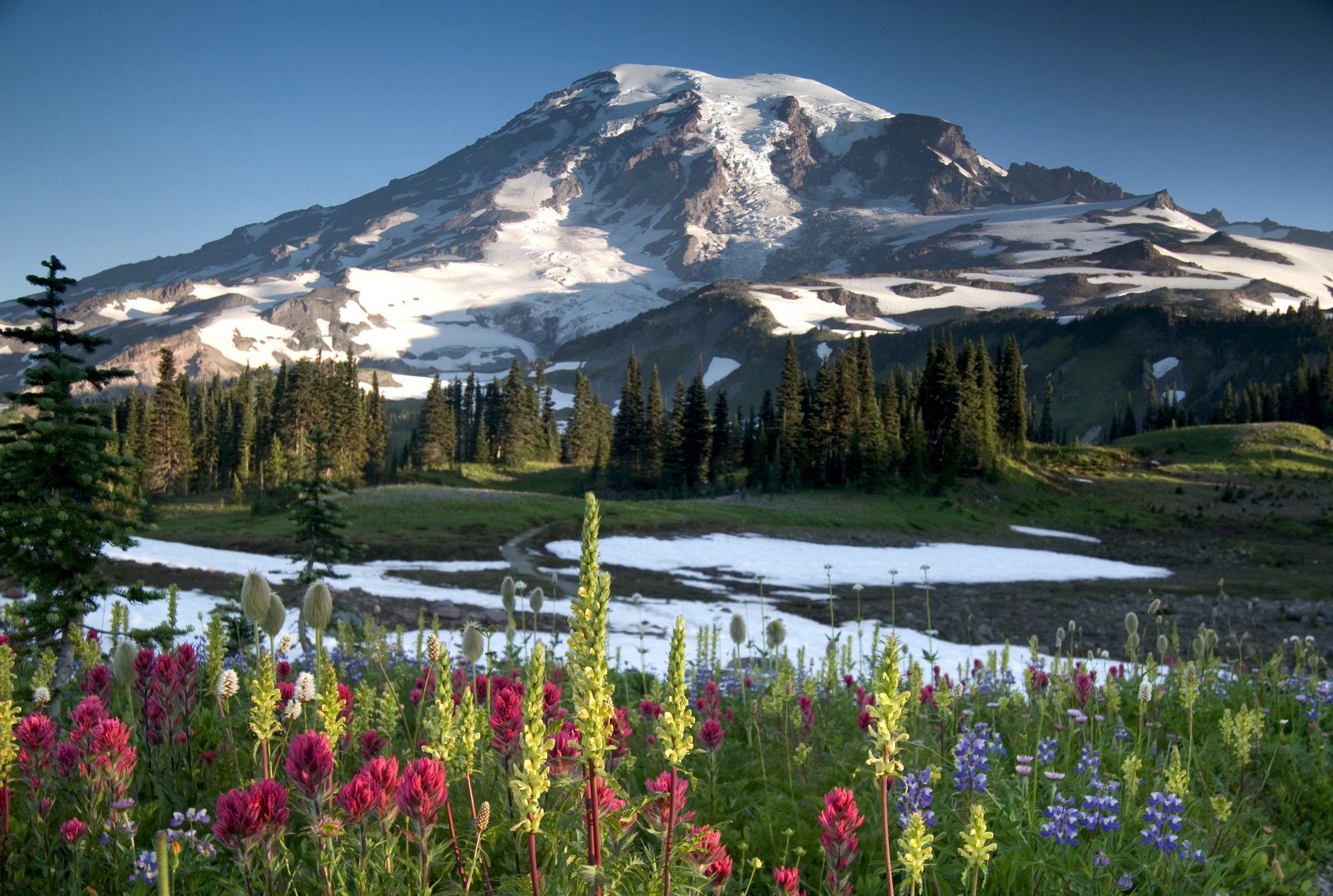
This majestic peak attracts hikers and nature enthusiasts year-round, but few visitors realize it’s one of the most dangerous volcanoes in North America. The Carbon River area experiences frequent floods and debris flows with little warning.
Park rangers constantly monitor gas emissions in certain valleys, where pockets of carbon dioxide can accumulate to dangerous levels.
Venice
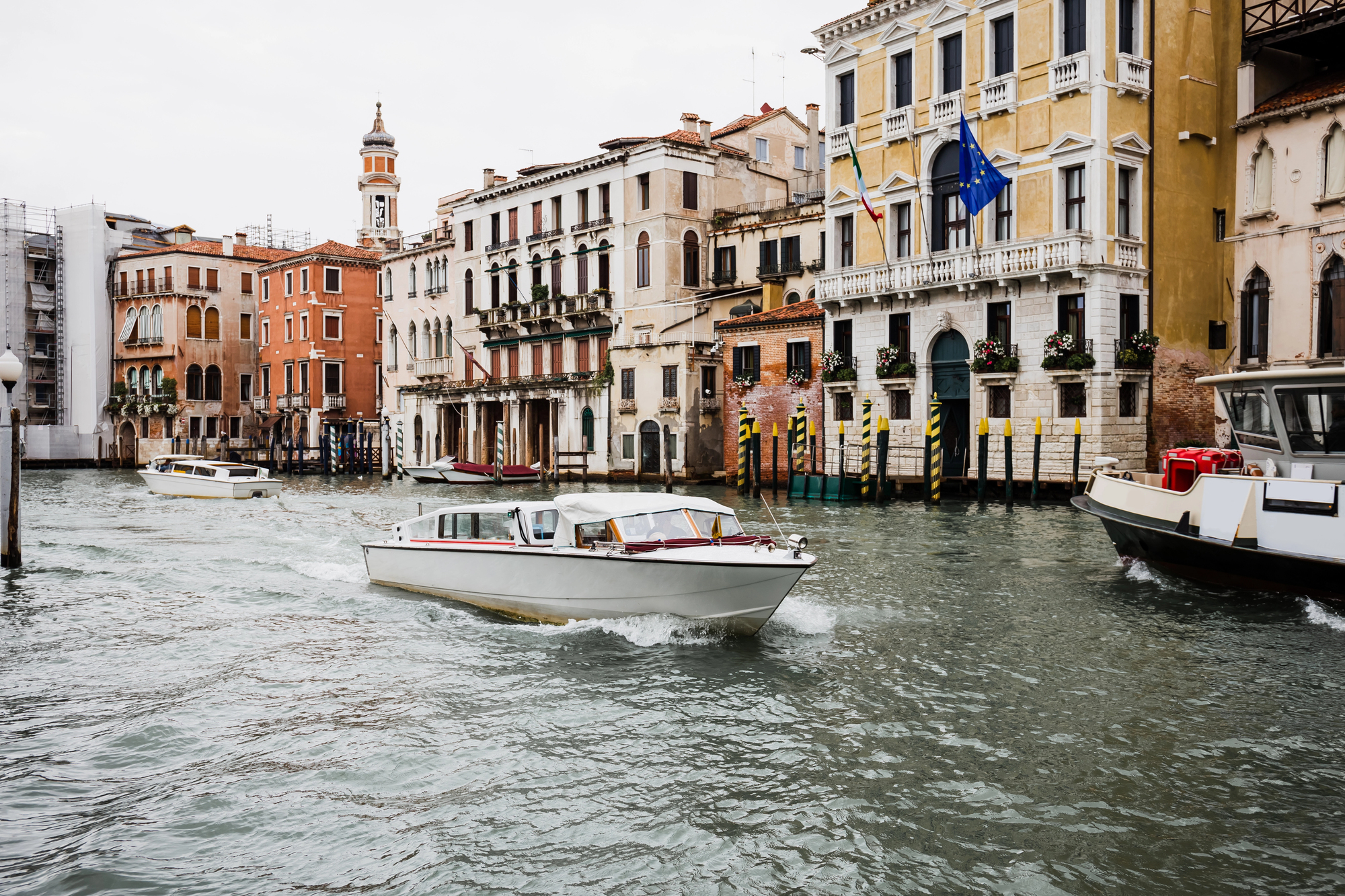
The floating city’s charm masks serious flood risks beyond the famous St. Mark’s Square. Small alleys in the Cannaregio district frequently flood without the warning sirens that sound for the main tourist areas.
Local businesses have installed metal barriers at their doorways for good reason – water can rise nearly a foot in less than 30 minutes during autumn high tides.
Yosemite National Park
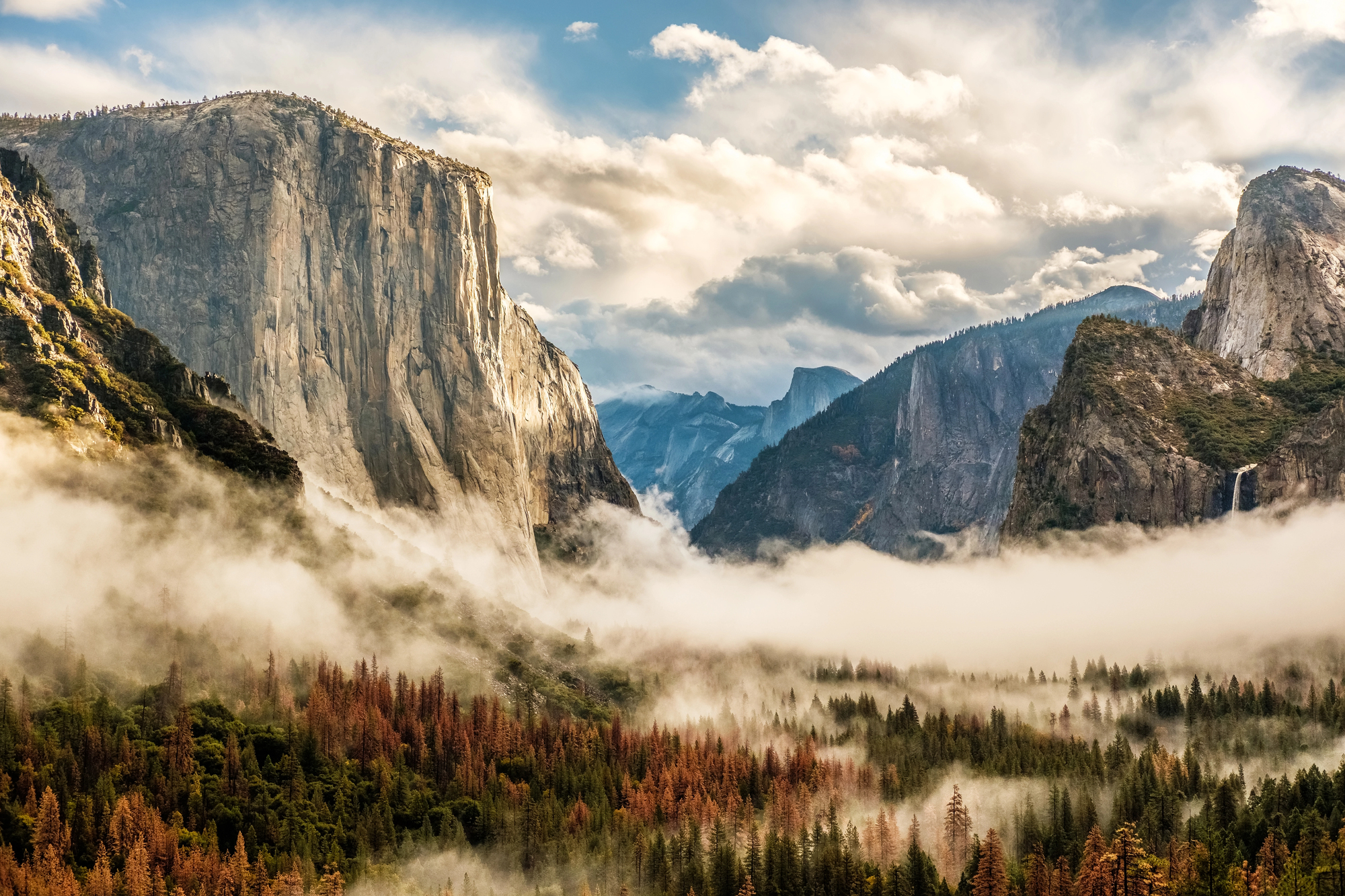
While the valley floor feels safe and regulated, Half Dome’s cables section creates a serious bottleneck during summer thunderstorms. Lightning strikes have injured hikers who couldn’t descend quickly enough.
The seemingly tranquil Merced River claims lives every year when swimmers underestimate its strong currents and frigid temperatures.
Like Travel Pug’s content? Follow us on MSN.
Bali
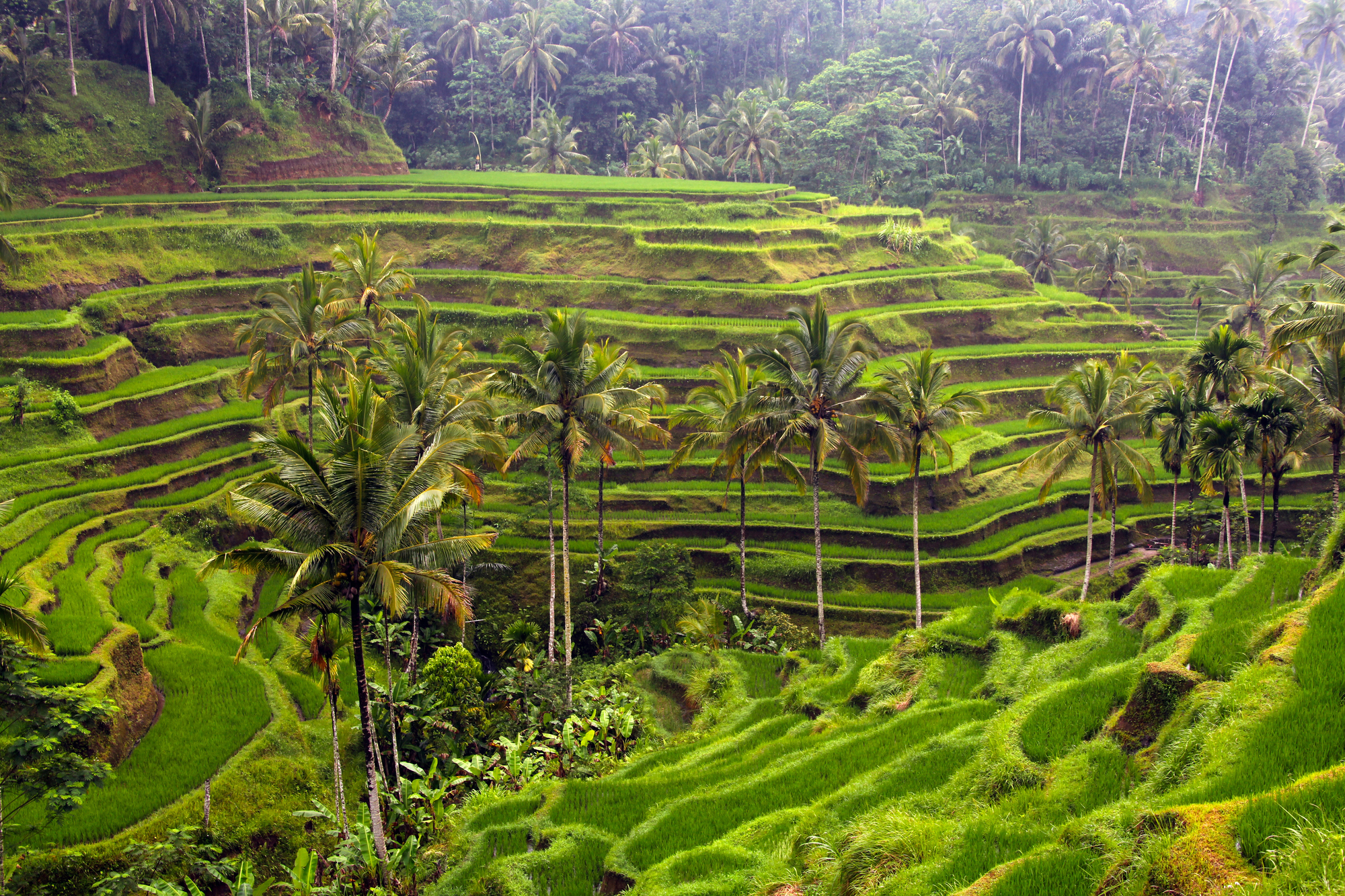
The island paradise maintains a tropical image despite Kuta Beach’s dangerous rip currents that have pulled hundreds of swimmers out to sea. Warning flags often go unnoticed by sunbathers focused on the picturesque sunsets.
Local lifeguards perform dozens of rescues weekly during peak season when tourists ignore the red warning flags.
Great Barrier Reef
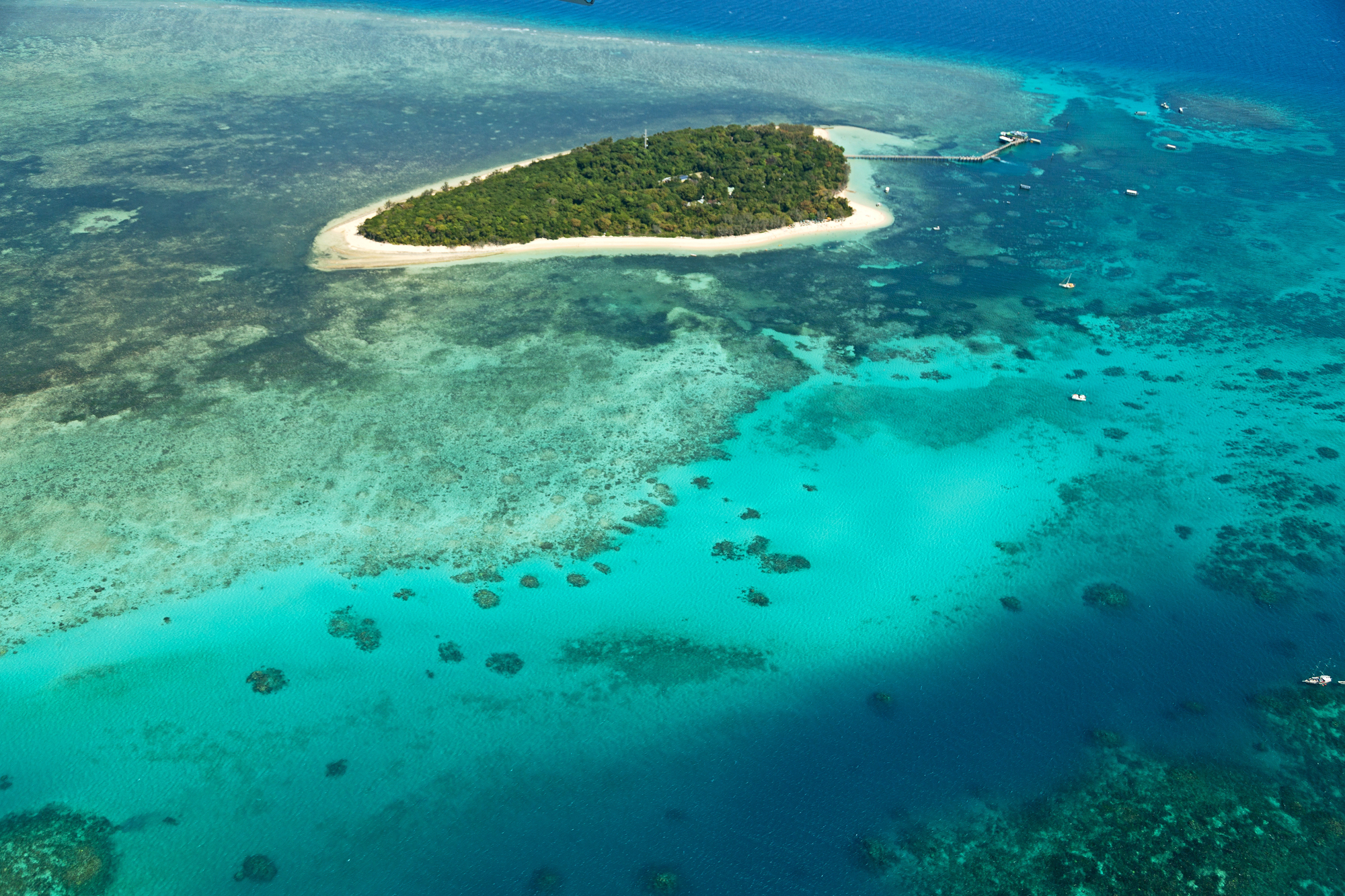
Australia’s underwater wonder harbors box jellyfish from November through May in its northern sections. These nearly invisible creatures pack enough venom to cause cardiac arrest.
Tour operators provide protective suits during these months for a reason – even brief contact with tentacles can require immediate medical attention.
Santorini
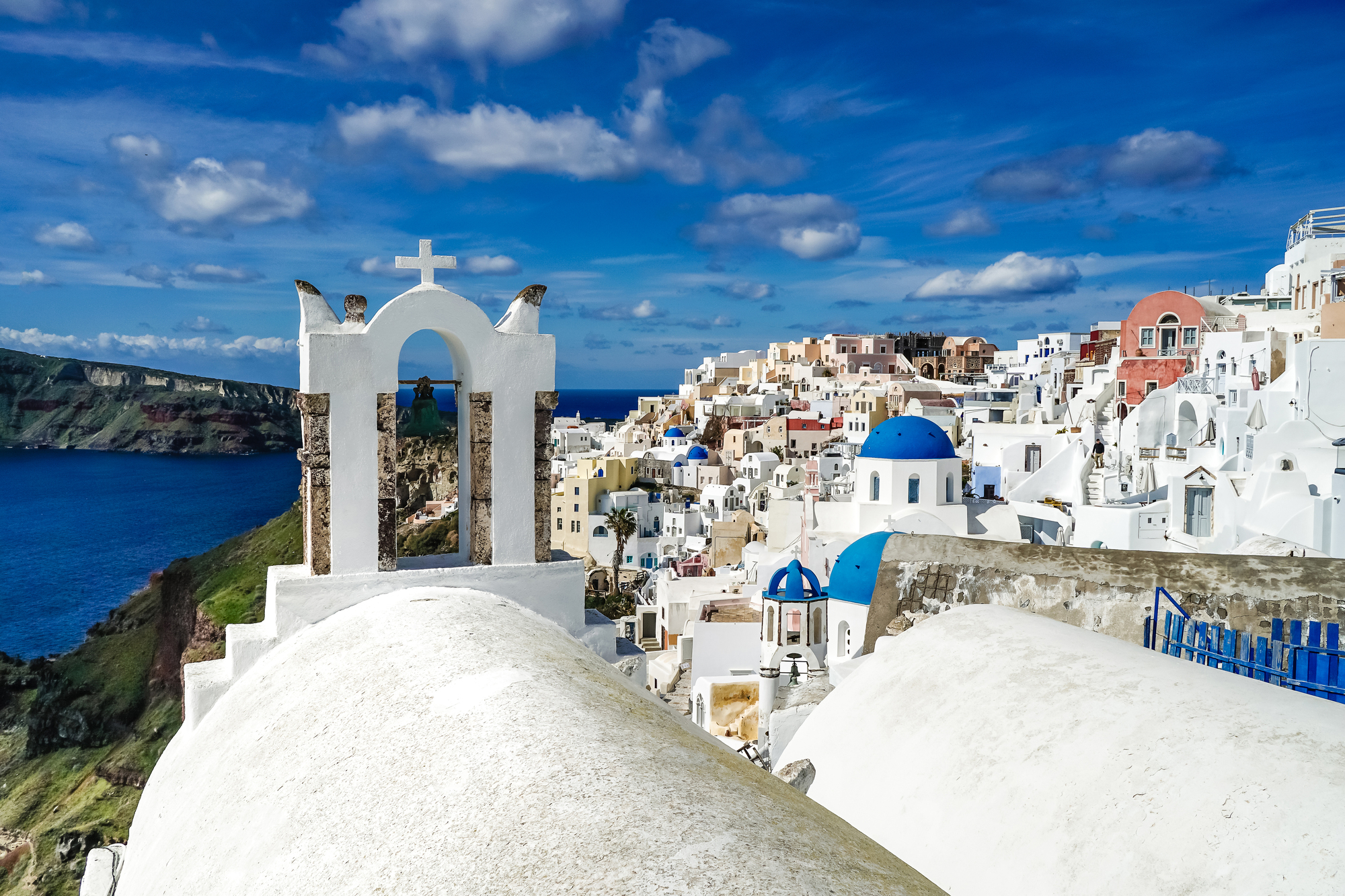
The Instagram-perfect white cliffs hide unstable volcanic soil that occasionally gives way without warning. Sections of the famous walking path between Fira and Oia have collapsed after heavy rains.
Local authorities regularly close portions for maintenance, but tourists often duck under barriers to capture the perfect sunset photo, not realizing the ground beneath them may be unstable or eroded.
Like Travel Pug’s content? Follow us on MSN.
New Orleans
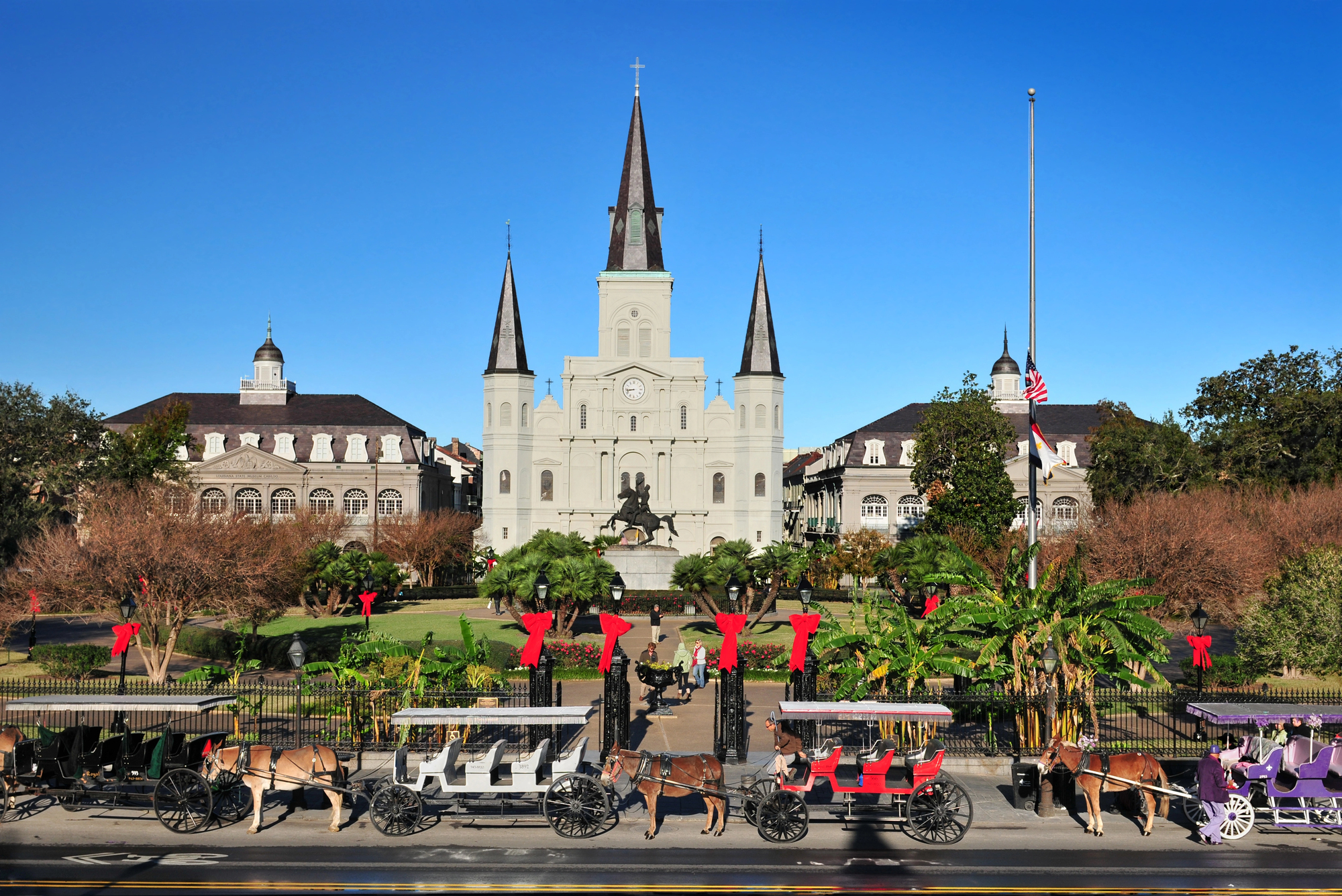
The vibrant French Quarter sits adjacent to neighborhoods with some of America’s highest crime rates. Just two blocks from bustling Bourbon Street, muggings increase dramatically after dark.
Tourists wandering a few streets too far while exploring often find themselves in areas where even locals exercise caution.
Iceland’s Black Beaches
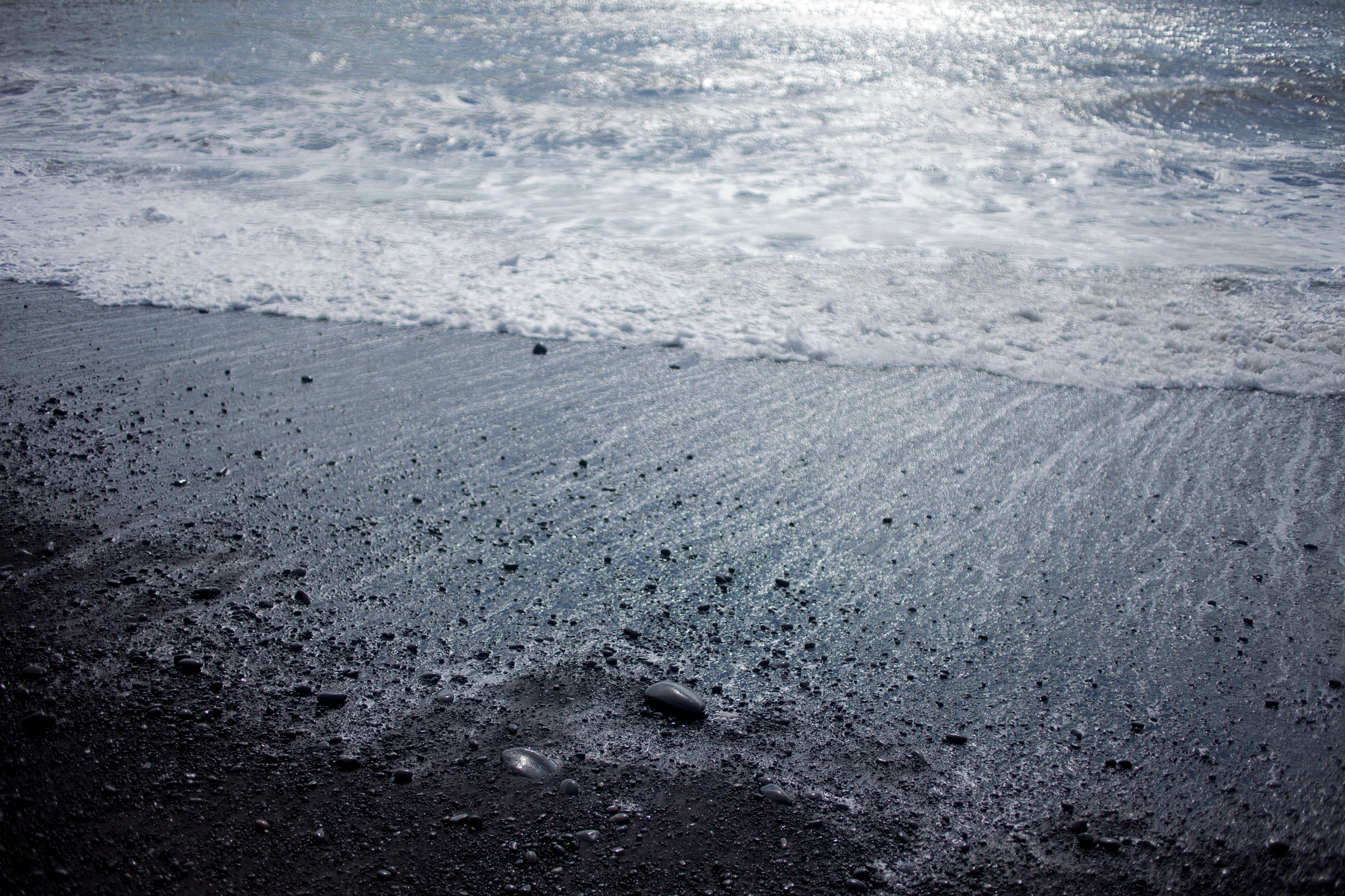
Reynisfjara Beach features stunning black sand and basalt columns, but unexpected ‘sneaker waves’ have swept visitors out to sea. These powerful waves rush much farther up the beach than previous ones, catching photographers off guard.
Warning signs dot the beach, yet people frequently turn their backs to the ocean, giving them no time to react when these waves suddenly appear.
Machu Picchu
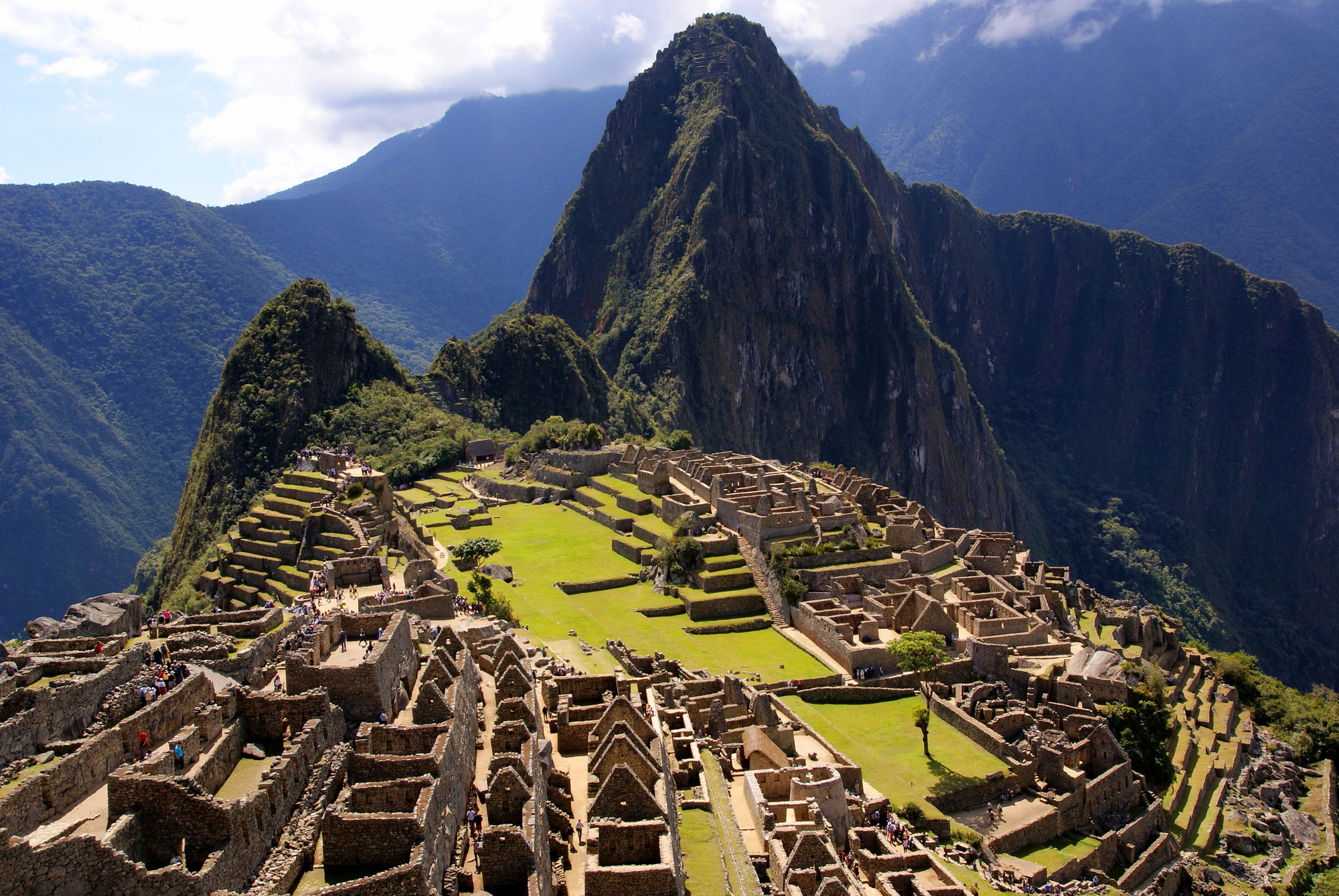
The ancient Incan citadel experiences dangerous lightning storms almost daily during the wet season. The exposed mountain location acts like a lightning rod, with multiple strikes occurring near the main ruins.
Tour guides hustle visitors to lower ground when dark clouds gather, but independent travelers often continue exploring, not understanding the speed with which these storms develop.
Like Travel Pug’s content? Follow us on MSN.
Grand Canyon
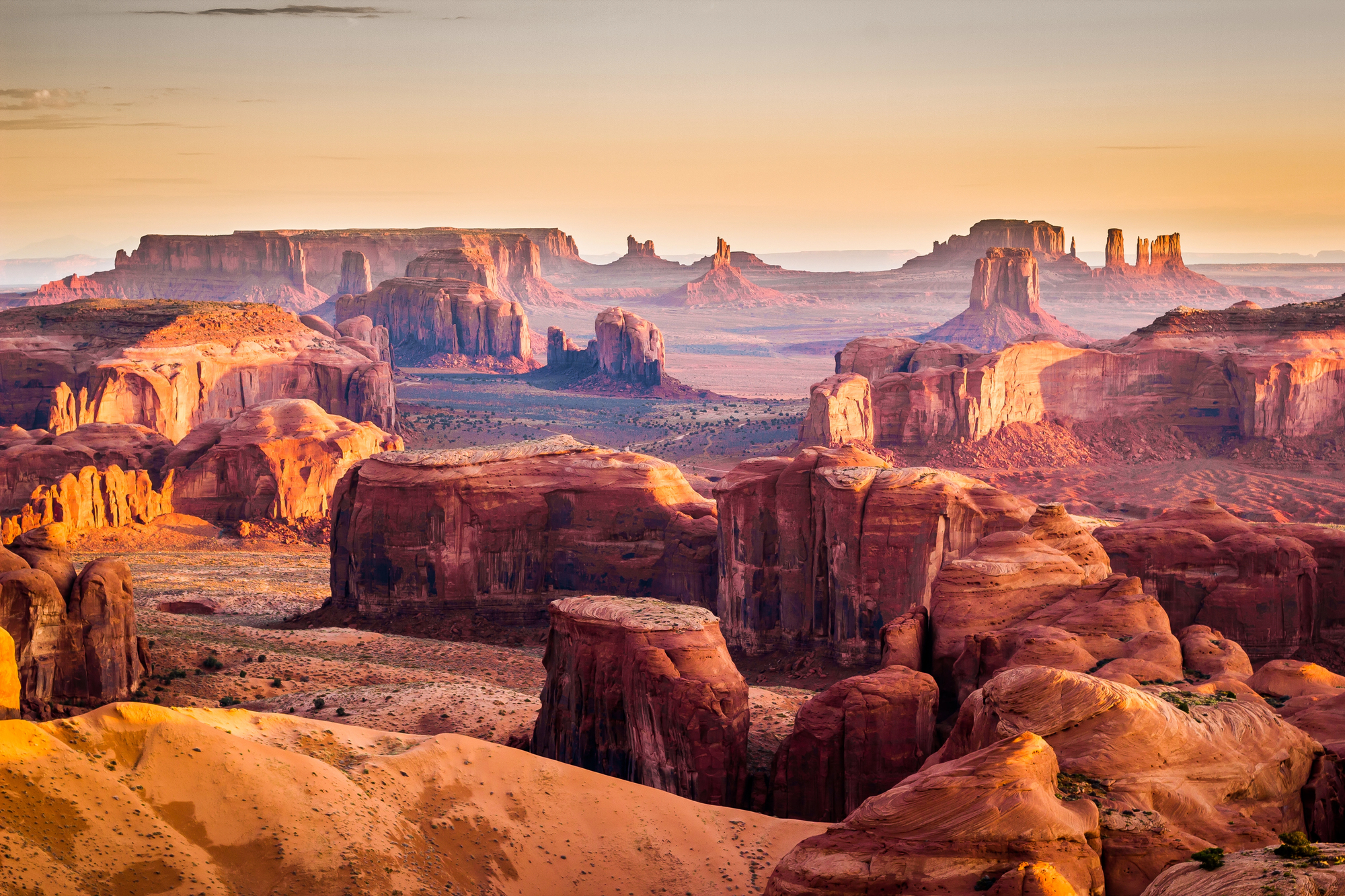
The temperature difference between the rim and the canyon floor can exceed 25 degrees, leading hikers to suffer heat exhaustion after starting in comfortable weather. Bright Angel Trail appears deceptively easy on the descent, but the uphill return becomes brutally difficult.
Park rangers conduct approximately 250 emergency rescues annually for unprepared hikers who didn’t carry enough water.
Rio de Janeiro
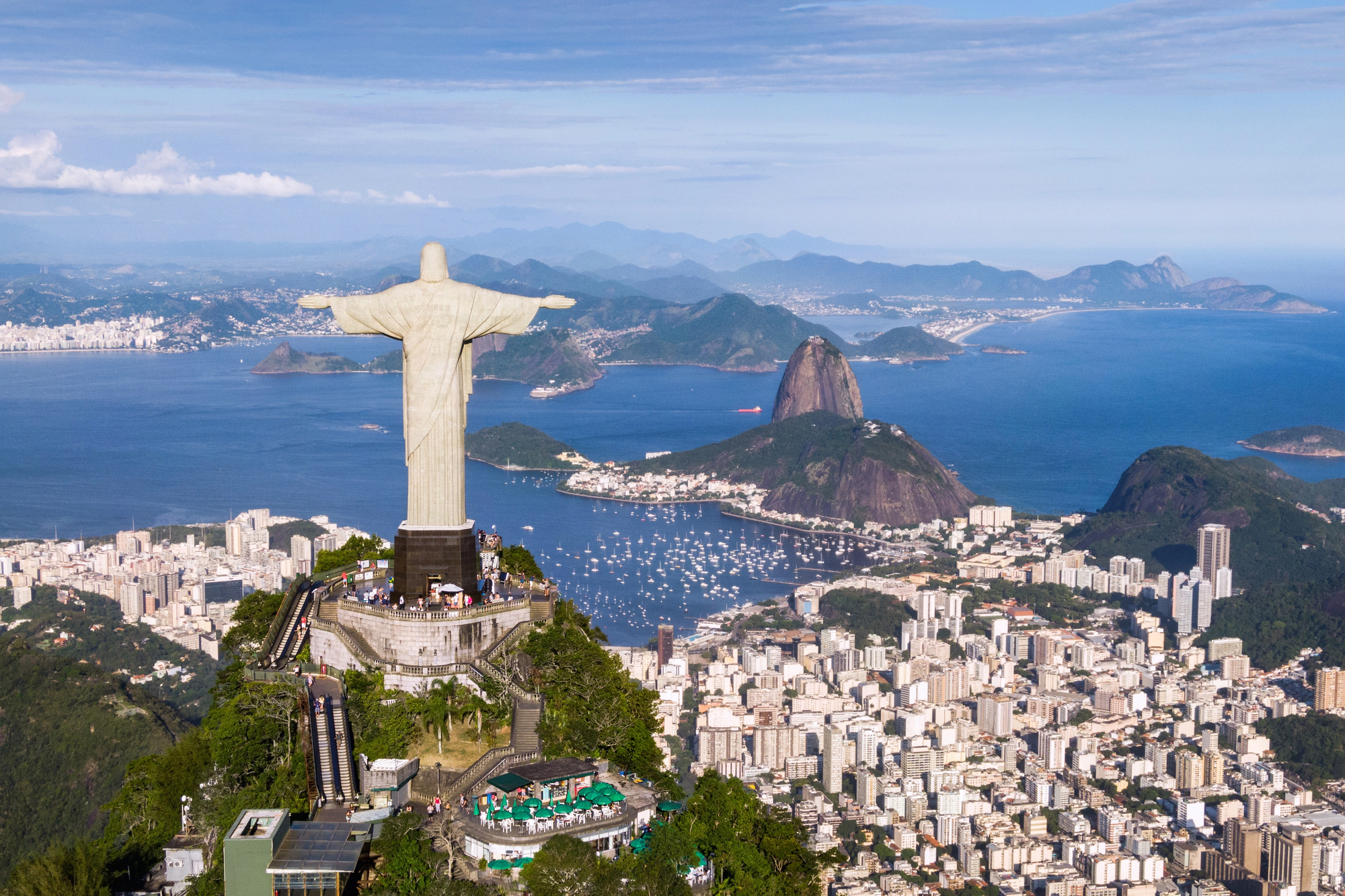
The famous beaches sit beneath mountains with favelas where territorial disputes between criminal groups can escalate quickly. Tourists hiking Dois Irmãos mountain for panoramic views sometimes stray into these neighborhoods.
Local tour guides know exactly which paths remain safe, but solo adventurers following online maps frequently take wrong turns into troubled areas.
Death Valley
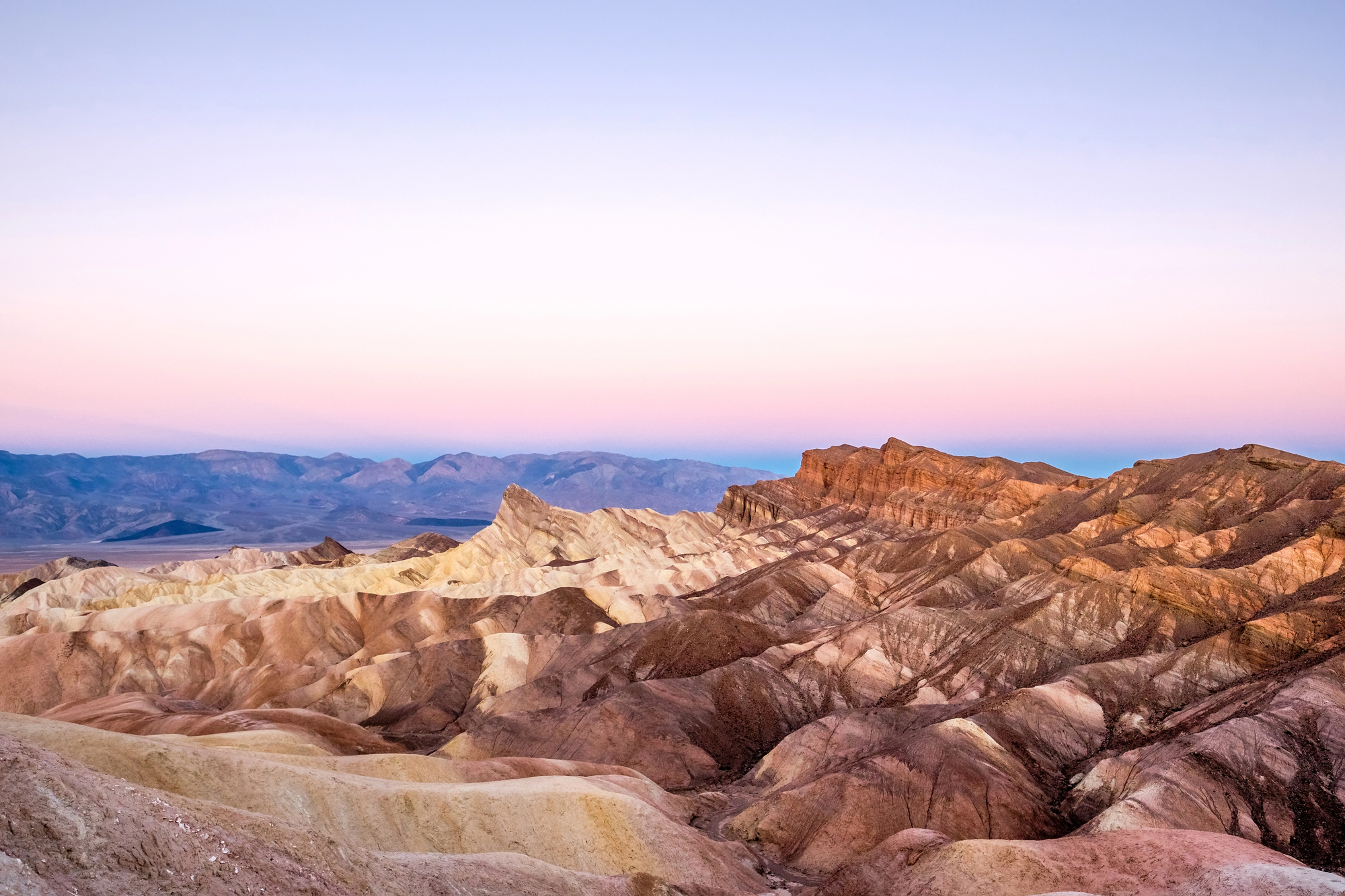
America’s hottest national park claims lives when visitors leave air-conditioned vehicles for what they think will be brief walks. Cell phone reception disappears in many areas, leaving stranded travelers unable to call for help.
Even experienced hikers can become disoriented when landmarks disappear in the shimmering heat waves that distort vision across the valley floor.
Like Travel Pug’s content? Follow us on MSN.
The Maldives
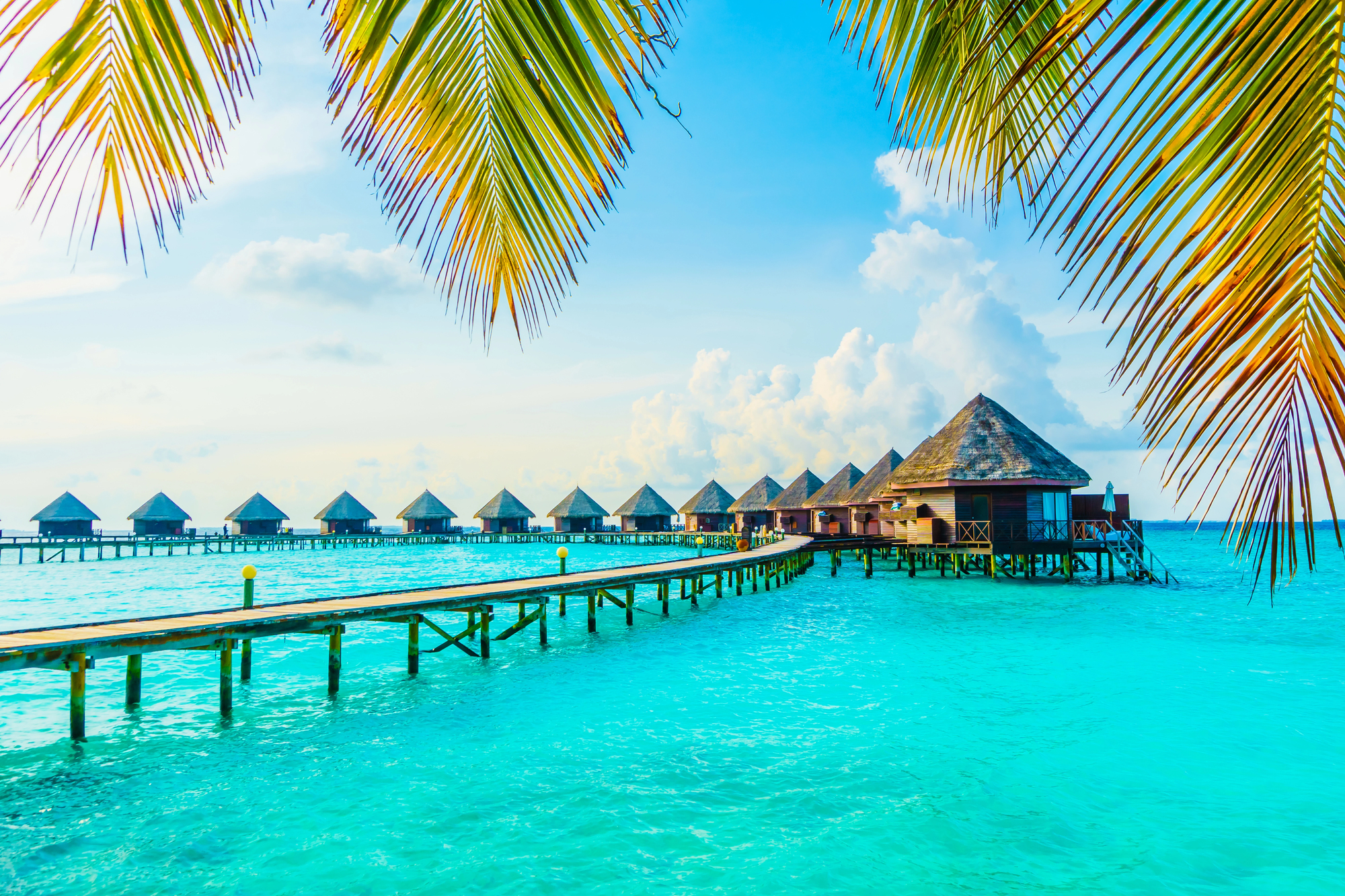
Rising sea levels have already submerged several smaller islands in this paradise archipelago. Some resorts don’t mention that their seawalls barely hold back high tides. Beach bungalows at certain properties have been abandoned after water damage, yet nearby accommodations continue operating without warning guests about similar risks.
Denali National Park
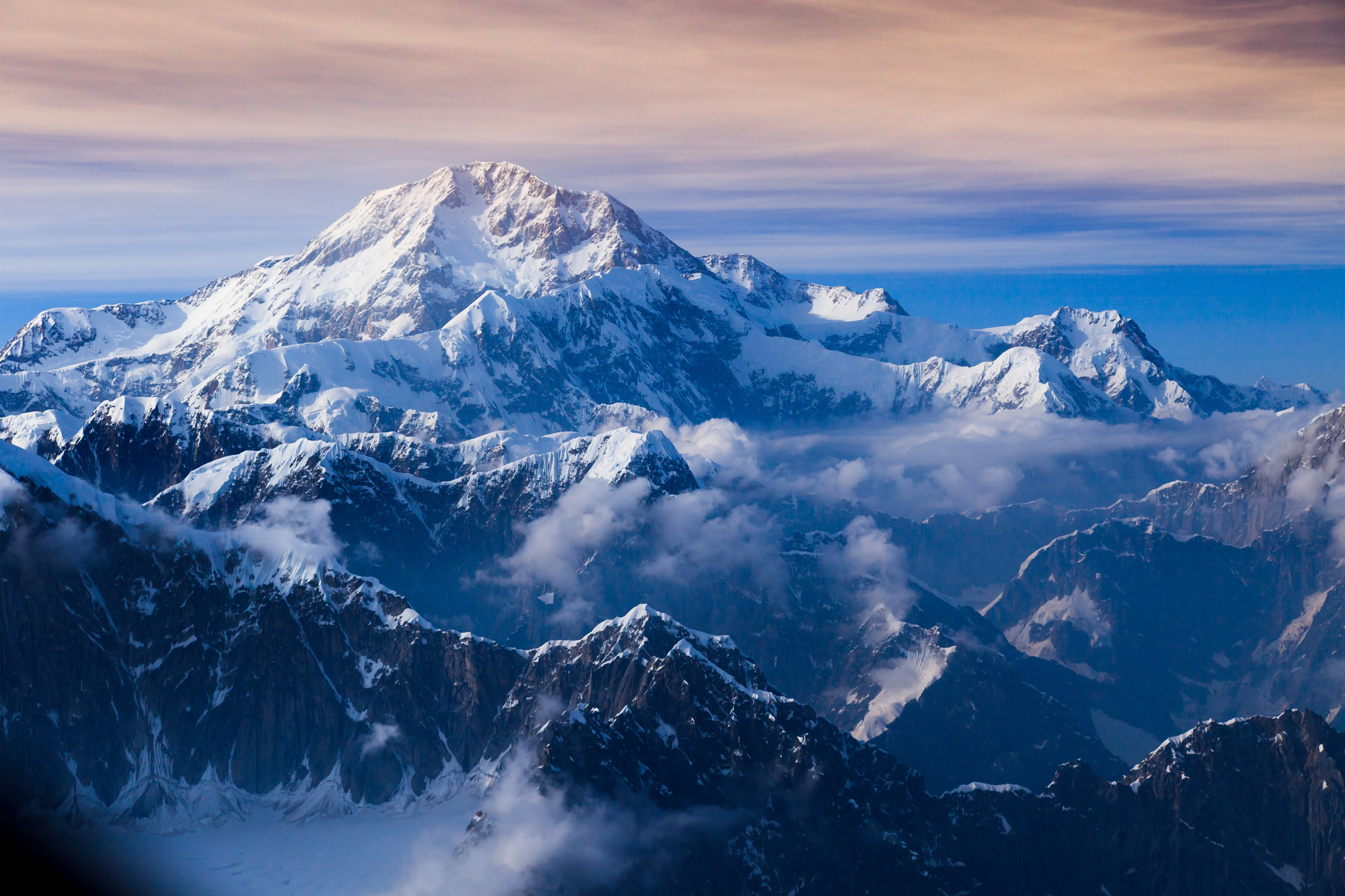
Alaska’s premier wilderness area experiences such rapid weather changes that hypothermia occurs even during summer months. Grizzly bears frequent seemingly empty valleys, appearing suddenly from dense brush.
Even on popular trails, visibility can drop to mere feet within minutes as clouds descend, leaving hikers completely disoriented on terrain with few distinctive features.
Marrakech Medina
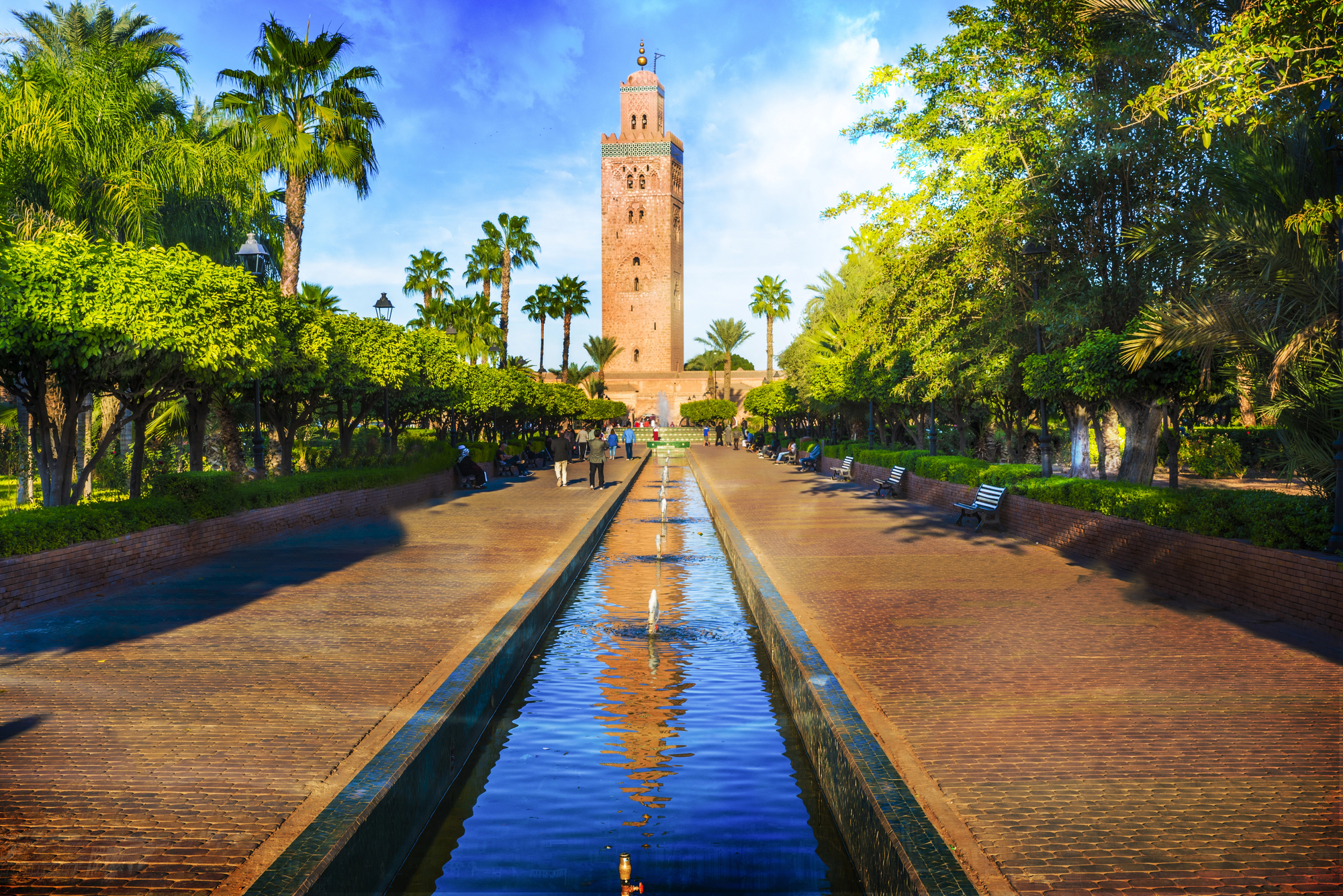
The ancient market’s maze-like alleys confuse even experienced travelers, making it easy to end up in residential areas where tourists aren’t welcome. Friendly ‘guides’ often lead visitors into shops demanding payment for their services.
The narrow passages can become dangerously crowded during religious festivals, with no clear evacuation routes if panic occurs.
Like Travel Pug’s content? Follow us on MSN.
Understanding Local Contexts
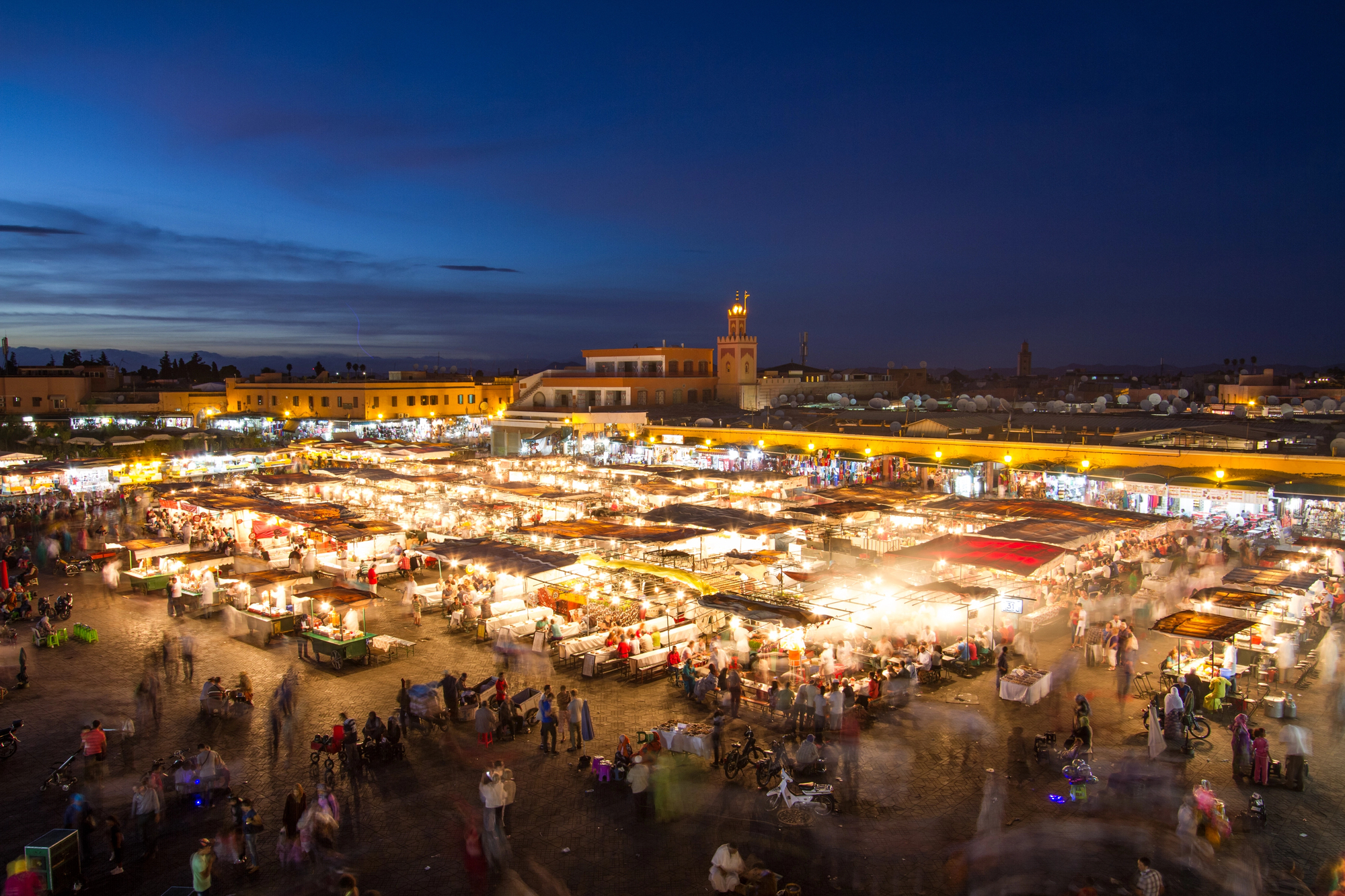
These magnificent destinations remain absolutely worth visiting despite their hidden challenges. The key lies in researching beyond glossy brochures and understanding local conditions before arrival.
Most risks become manageable with proper preparation and awareness of how environmental factors interact with visitor behaviors. Tourism infrastructure continues to improve at many of these locations, with better warning systems and safety measures implemented yearly.
However, nothing replaces informed travelers making smart decisions based on current conditions rather than preconceived expectations of how a destination ‘should’ feel.
More from Travel Pug

- Cities Growing so Fast You Won’t Recognize Them in 10 Years
- 13 Destinations Where Tourists Regularly Regret Their Trip
- 16 U.S. Cities That Are Quietly Becoming Travel Hotspots
- Where to Travel If You Love Long Bus Rides and Daydreams
- 20 Cities Perfect for Solo Travelers Who Crave Adventure & Culture
Like Travel Pug’s content? Follow us on MSN.
